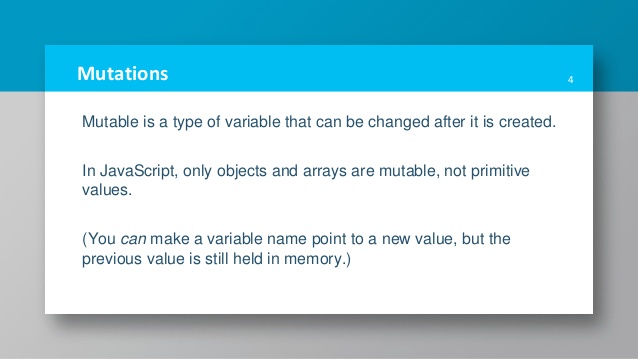Java-8 Features
interface Formula { double calculate(int a); default double sqrt(int a) { return Math.sqrt(a); } } Formula formula = new Formula() { @Override public double calculate(int a) { return sqrt(a * 100); } }; formula.calculate(100); // 100.0 formula.sqrt(16); List names = Arrays.asList("peter", "anna", "mike", "xenia"); Collections.sort(names, new Comparator () { @Override public int compare(String a, String b) { return b.compareTo(a); } }); Collections.sort(names, (String a, String b) -> { return b.compareTo(a); }); Collections.sort(names, (a, b) -> b.compareTo(a)); @FunctionalInterface interface Converter { T convert(F from); } Converter converter = (from) -> Integer.valueOf(from); Integer converted = converter.conve...













